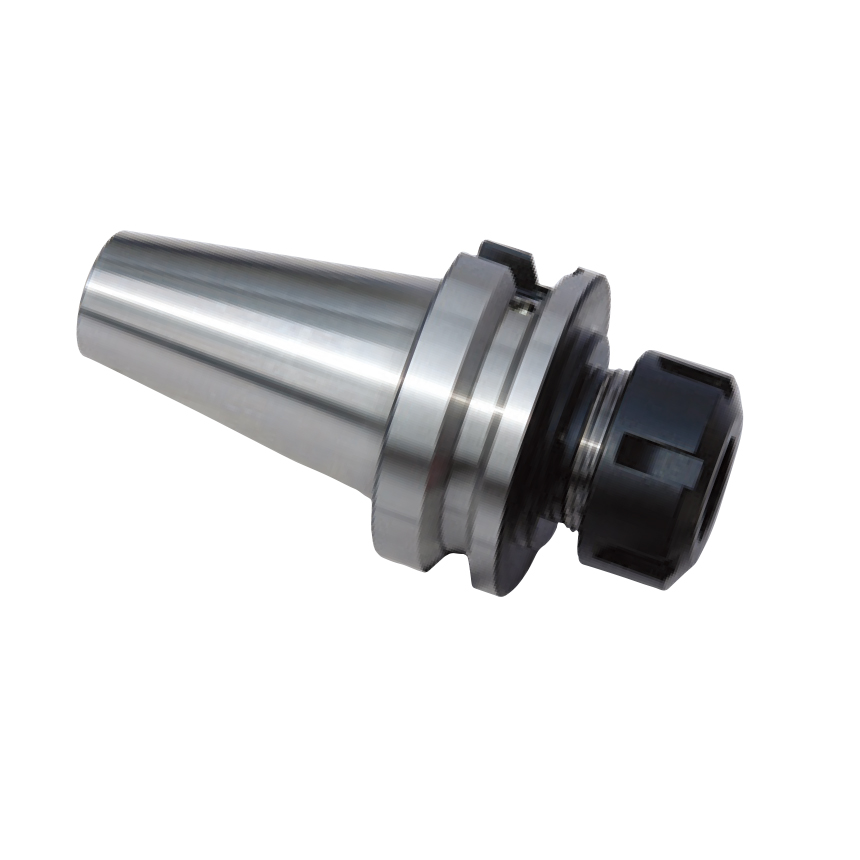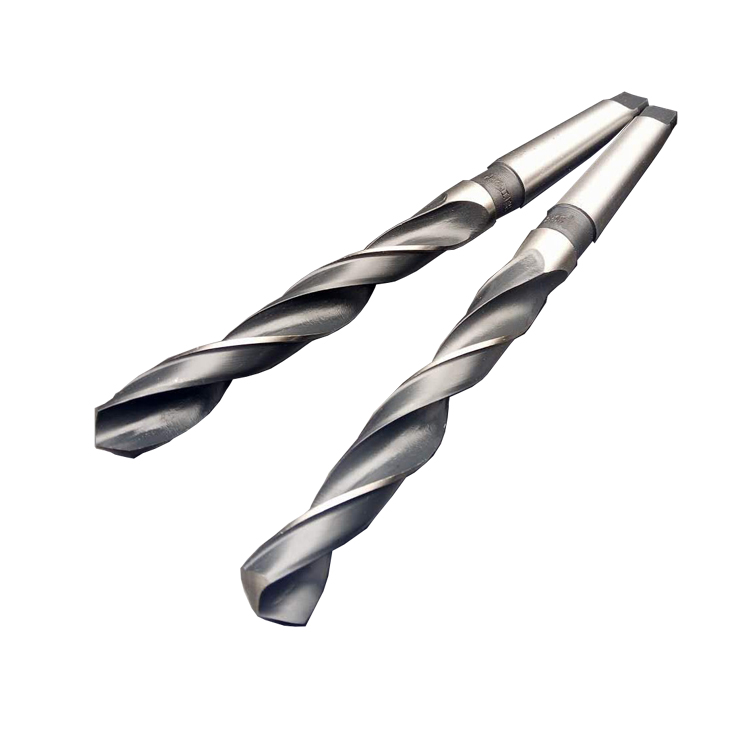Wholesale carbide end mills
Wholesale carbide end mills are essential tools for a wide range of machining operations, offering superior hardness, wear resistance, and heat resistance compared to high-speed steel (HSS) end mills. This guide provides an in-depth look at the different types of carbide end mills, their applications, factors to consider when choosing the right end mill, and where to source them at wholesale prices, helping you optimize your machining processes and reduce costs.
Understanding Carbide End Mills
What are Carbide End Mills?
Carbide end mills are cutting tools made from cemented carbide, a composite material consisting of hard carbide particles (typically tungsten carbide) bonded together by a metallic binder (usually cobalt). This composition gives carbide end mills exceptional hardness, wear resistance, and the ability to maintain a sharp cutting edge at high temperatures, making them ideal for machining hard and abrasive materials at high speeds and feeds.
Benefits of Using Carbide End Mills
- High-Speed Machining: Carbide end mills can operate at significantly higher speeds and feeds than HSS end mills, reducing machining time and increasing productivity.
- Extended Tool Life: Due to their superior wear resistance, carbide end mills last much longer than HSS end mills, reducing tooling costs and downtime.
- Improved Surface Finish: Carbide end mills can produce smoother and more accurate surface finishes, minimizing the need for secondary operations.
- Machining Hard Materials: Carbide end mills are capable of machining hard and abrasive materials such as hardened steel, stainless steel, titanium, and cast iron, which are difficult or impossible to machine with HSS end mills.
Types of Carbide End Mills
Wholesale carbide end mills are available in a variety of types, each designed for specific applications and materials. Here are some of the most common types:
Square End Mills
Square end mills have a square cutting edge and are used for general-purpose milling operations such as slotting, profiling, and plunging. They are available in various flute configurations (2, 3, 4 flutes) and lengths of cut.
Ball Nose End Mills
Ball nose end mills have a rounded cutting edge and are used for contouring, profiling, and creating 3D shapes. They are commonly used in mold making, die making, and aerospace applications.
Corner Radius End Mills
Corner radius end mills have a small radius on the cutting edge and are used to reduce stress concentrations and improve tool life when machining sharp corners. They are also used for creating fillets and chamfers.
Roughing End Mills
Roughing end mills have a serrated or corrugated cutting edge that breaks up chips and reduces cutting forces, allowing for faster material removal rates. They are used for roughing operations before finishing with a smoother end mill.
Tapered End Mills
Tapered end mills have a tapered cutting edge and are used for machining tapered features such as draft angles and tapered holes. They are available in various taper angles and lengths.
High Helix End Mills
High helix end mills feature a steeper helix angle than standard end mills, promoting efficient chip evacuation and reducing cutting forces. They are particularly effective for machining aluminum and other non-ferrous materials.
Factors to Consider When Choosing Wholesale Carbide End Mills
Selecting the right wholesale carbide end mills for your specific application is crucial for achieving optimal performance and reducing costs. Consider the following factors:
Material to be Machined
The material to be machined is the most important factor to consider. Different materials require different end mill geometries, coatings, and cutting parameters. For example:
- Steel: Choose a carbide end mill with a TiAlN or AlTiN coating for improved wear resistance and heat resistance.
- Aluminum: Choose a high helix end mill with a polished flute for efficient chip evacuation and reduced built-up edge.
- Stainless Steel: Choose a carbide end mill with a TiCN or CrN coating for improved wear resistance and resistance to chemical attack.
- Titanium: Choose a carbide end mill with a low helix angle and a sharp cutting edge for reduced cutting forces and improved surface finish.
Type of Operation
The type of machining operation will also influence your choice of end mill. For example:
- Slotting: Choose a square end mill with a center-cutting geometry for plunging and cutting slots.
- Profiling: Choose a ball nose end mill or a corner radius end mill for contouring and creating complex shapes.
- Roughing: Choose a roughing end mill for fast material removal.
- Finishing: Choose a multi-flute end mill with a smooth cutting edge for a high-quality surface finish.
Machine Tool Capabilities
The capabilities of your machine tool, such as spindle speed, horsepower, and rigidity, will also affect your choice of end mill. For example:
- High-Speed Machining Centers: Can benefit from shorter length of cut end mills and higher flute counts.
- Low-Power Machines: May require smaller diameter end mills and lower cutting speeds.
- Less Rigid Machines: Should utilize multiple passes and lighter depth of cuts.
Coating
Coatings are applied to carbide end mills to improve their wear resistance, heat resistance, and cutting performance. Some common coatings include:
- TiAlN (Titanium Aluminum Nitride): Excellent wear resistance and heat resistance for machining steel, stainless steel, and cast iron.
- AlTiN (Aluminum Titanium Nitride): Similar to TiAlN but with even higher heat resistance, making it suitable for dry machining.
- TiCN (Titanium Carbonitride): Good wear resistance and resistance to chemical attack for machining stainless steel and cast iron.
- DLC (Diamond-Like Carbon): Low friction and excellent wear resistance for machining aluminum, copper, and plastics.
Flute Count
The number of flutes on an end mill affects its cutting performance and chip evacuation.Generally, fewer flutes (2 or 3) are better for softer materials like aluminum and provide more space for chip removal. More flutes (4 or more) are suitable for harder materials like steel and provide a better surface finish.
Where to Buy Wholesale Carbide End Mills
Finding reliable sources for wholesale carbide end mills is essential for cost-effective machining. Here are some options:
Direct from Manufacturers
Purchasing directly from manufacturers like Wayleading Tools can offer the best prices and technical support. Many manufacturers offer bulk discounts for large orders. Wayleading Tools specializes in high-quality carbide end mills at competitive prices.
Online Distributors
Online distributors like MSC Industrial Supply, Grainger, and Amazon Business offer a wide selection of wholesale carbide end mills from various brands. They often have competitive prices and convenient online ordering.
Local Tool Suppliers
Local tool suppliers can provide personalized service and technical support. They may also offer custom grinding and regrinding services.
Optimizing Machining with Wholesale Carbide End Mills
To maximize the performance and lifespan of your wholesale carbide end mills, follow these best practices:
Use Proper Cutting Parameters
Refer to the manufacturer's recommendations for cutting speed, feed rate, and depth of cut. Using incorrect parameters can lead to premature tool wear and poor surface finish.
Use Coolant or Lubricant
Coolant or lubricant helps to reduce heat, flush away chips, and improve surface finish. Choose a coolant or lubricant that is appropriate for the material being machined.
Inspect End Mills Regularly
Regularly inspect your end mills for wear, damage, and chipping. Replace worn or damaged end mills immediately to prevent further damage to your workpiece or machine tool.
Store End Mills Properly
Store your end mills in a clean, dry place to prevent corrosion and damage. Use protective sleeves or cases to protect the cutting edges.
Conclusion
Wholesale carbide end mills are indispensable tools for modern machining operations. By understanding the different types of end mills, considering the factors that influence their performance, and sourcing them from reputable suppliers, you can optimize your machining processes, reduce costs, and improve the quality of your finished products. Remember to always follow best practices for tool maintenance and operation to maximize the lifespan and performance of your carbide end mills.
Related products
Related products
Best selling products
Best selling products-
 Precision Straight Shank To Morse Taper Adapter
Precision Straight Shank To Morse Taper Adapter -
 Precision Dustproof Dial Caliper Of Double Shock-Proof For Industrial
Precision Dustproof Dial Caliper Of Double Shock-Proof For Industrial -
 Metric Thread Ring Gauge 6g Accuracy With Go & NO Go
Metric Thread Ring Gauge 6g Accuracy With Go & NO Go -
 Precision Digital Caliper Of Metal Case For Industrial
Precision Digital Caliper Of Metal Case For Industrial -
 9PCS Broken Tap Extractor Set With Storage Box
9PCS Broken Tap Extractor Set With Storage Box -
 Precision V Block And Clamps Set With Industry Type
Precision V Block And Clamps Set With Industry Type -
 Type M Cone Tungsten Carbide Rotary Burr
Type M Cone Tungsten Carbide Rotary Burr -
 M51 Bi-Metal Bandsaw Blades For Industrial Type
M51 Bi-Metal Bandsaw Blades For Industrial Type -
 CNC BT-ER Spring Collet Chuck For CNC Machine
CNC BT-ER Spring Collet Chuck For CNC Machine -
 CCMT Turning Insert For Indexable Turning Tool Holder
CCMT Turning Insert For Indexable Turning Tool Holder -
 Metric HSS 13mm Reduce Shank Drill Bit For Metal Cutting Of High Precision
Metric HSS 13mm Reduce Shank Drill Bit For Metal Cutting Of High Precision -
 HSS Metric Taper Shank Twit Drills For Metal Cutting Of High Precision
HSS Metric Taper Shank Twit Drills For Metal Cutting Of High Precision











